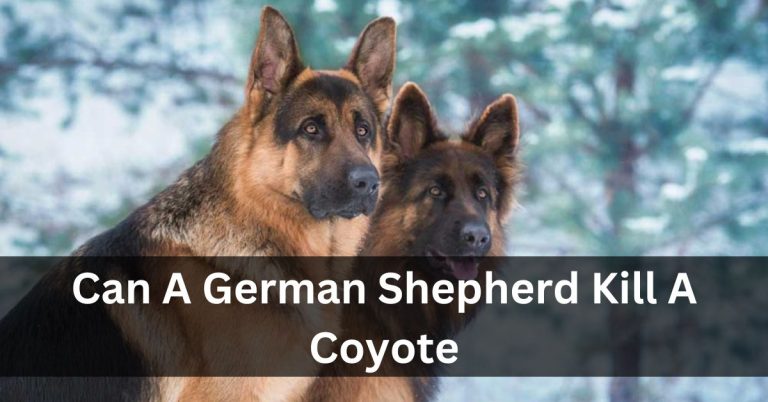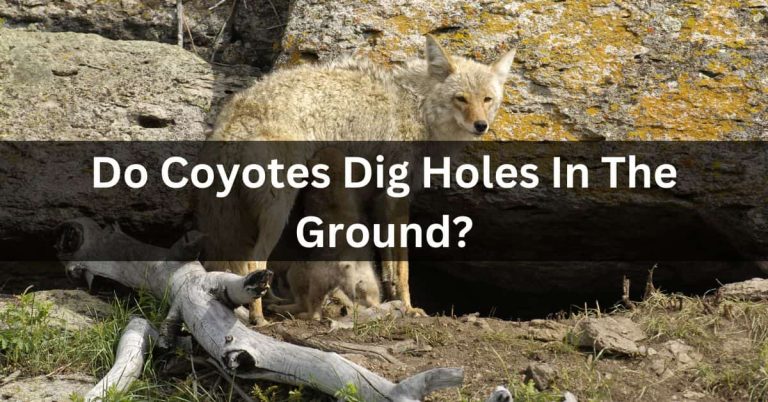Coyotes on Campus: Understanding the Urban Wildlife Challenge for Students

In recent years, campuses across the nation have witnessed an unexpected guest – the wily and adaptable coyote. It’s no longer a surprise to find these curious creatures wandering the same grounds where students pursue their education. The intrusion of coyotes into these academic realms has sparked both fascination and concern. Welcome to the intriguing world of “Coyotes on Campus: Understanding the Urban Wildlife Challenge for Students,” where we embark on a journey to comprehend this wildlife phenomenon that is increasingly sharing our educational spaces.
The presence of coyotes on college campuses is more than just a quirky anecdote; it’s a living example of the dynamic relationship between urban environments and nature. As these elusive creatures navigate the concrete jungles that are our cities and campuses, they offer students a unique opportunity to explore the intersection of wildlife and urban life. In this article, we’ll delve into why understanding this urban wildlife challenge is vital for students, discuss the potential impacts on safety, and explore the educational opportunities that arise when students and coyotes cross paths. So, let’s unravel the tale of these clever canids and discover what it means for students today. And remember, if you need assistance with your academic tasks, paper writing sites like Domypaper are here to help.
Coyotes in the Urban Landscape
In the world where concrete meets wilderness, the coyote has proven itself to be a formidable urban dweller. These creatures, once primarily associated with open landscapes and the distant howls of the wilderness, have demonstrated remarkable adaptability to the urban environment. College campuses, with their diverse landscapes and ample food sources, have emerged as particularly alluring territories for these crafty canids. Coyotes have evolved their hunting and foraging habits to take advantage of urban niches, feasting on everything from discarded fast-food remnants to small rodents that thrive in campus green spaces.
The presence of coyotes on campuses across the United States has become a common occurrence. Reports of sightings and encounters have multiplied, raising questions and concerns among students and staff alike. These urban canids have shown us that nature can persist even in the most human-dominated environments. However, with their presence comes the need for awareness and understanding, not only to ensure safety but also to grasp the broader implications of coexisting with wildlife in the midst of higher education. So, let’s take a closer look at how coyotes have woven themselves into the fabric of our campuses, providing unique opportunities for learning and appreciation of the natural world. And remember, if you’re overwhelmed by your coursework, you can always turn to professional services like “write my essays” to help you stay on track with your studies.
Coyotes and Student Safety
As the urban coyote has settled into its campus home, concerns about student safety have naturally arisen. While these creatures are not typically aggressive toward humans, interactions can occur, especially when coyotes become accustomed to people and their food sources. Understanding the dynamics of coyote behavior and knowing how to react in their presence is crucial for ensuring the safety of students and staff.
To coexist safely with urban coyotes, it’s essential to avoid feeding them intentionally or inadvertently. Coyotes are opportunistic scavengers, and leaving out unattended food can attract them. Proper waste management, securing trash cans, and avoiding the temptation to feed wildlife are essential steps in discouraging coyotes from frequenting campus areas. Campus authorities can also implement measures like signage to educate the community about coyote behavior and safety guidelines. For students, this includes being aware of your surroundings, especially during dusk and dawn when coyotes are most active, and maintaining a respectful distance if you encounter one. Coyotes, like all wildlife, play a vital role in our urban ecosystems, and with knowledge and care, we can foster a harmonious coexistence while ensuring the safety of all campus inhabitants.
Educational Opportunities
The presence of coyotes on college campuses, though initially seen as a challenge, also presents unique educational opportunities. These wily creatures offer a window into the world of urban wildlife, and colleges are increasingly utilizing their presence as a valuable resource for research and learning. Students studying biology, ecology, or environmental science have the chance to engage in fieldwork right on their campuses, observing and researching coyote behavior, population dynamics, and interactions with the urban environment. These experiences not only deepen their understanding of wildlife biology but also provide practical skills in data collection, analysis, and conservation management.
Furthermore, colleges can organize outreach programs and workshops to educate both their students and the surrounding community about coyotes and urban wildlife. These initiatives not only foster awareness and respect for wildlife but also promote a sense of responsibility in coexisting with these animals. By leveraging the presence of coyotes as an educational opportunity, colleges transform a potential challenge into a platform for meaningful learning and engagement, enriching the academic experience for their students.
Conclusion
In the ever-evolving tapestry of campus life, the presence of coyotes challenges us to embrace a harmonious coexistence with urban wildlife. By understanding these clever creatures and the ecological niches they occupy, students and campus communities can transform what may initially seem like a challenge into an opportunity for education and growth.
So, as you navigate your college campus, keep an eye out for these elusive beings. Remember that they, too, are sharing this urban environment. By fostering awareness and respect, we can coexist with coyotes and other urban wildlife, enhancing our understanding of the natural world and enriching our own experiences. Through knowledge and responsible coexistence, we can create a campus environment where both students and coyotes thrive.

![Can A Cane Corso Kill A Coyote? – [Answered]](https://coyotewiki.com/wp-content/uploads/2022/11/Can-A-Cane-Corso-Kill-A-Coyote-768x402.jpg)

![6 Places Where Do Coyotes Sleep? | [Answered]](https://coyotewiki.com/wp-content/uploads/2022/11/Where-Do-Coyotes-Sleep-768x402.jpg)

![Will A Great Pyrenees Attack A Coyote? – [Detailed]](https://coyotewiki.com/wp-content/uploads/2022/12/Will-A-Great-Pyrenees-Attack-A-Coyote-768x402.jpg)
